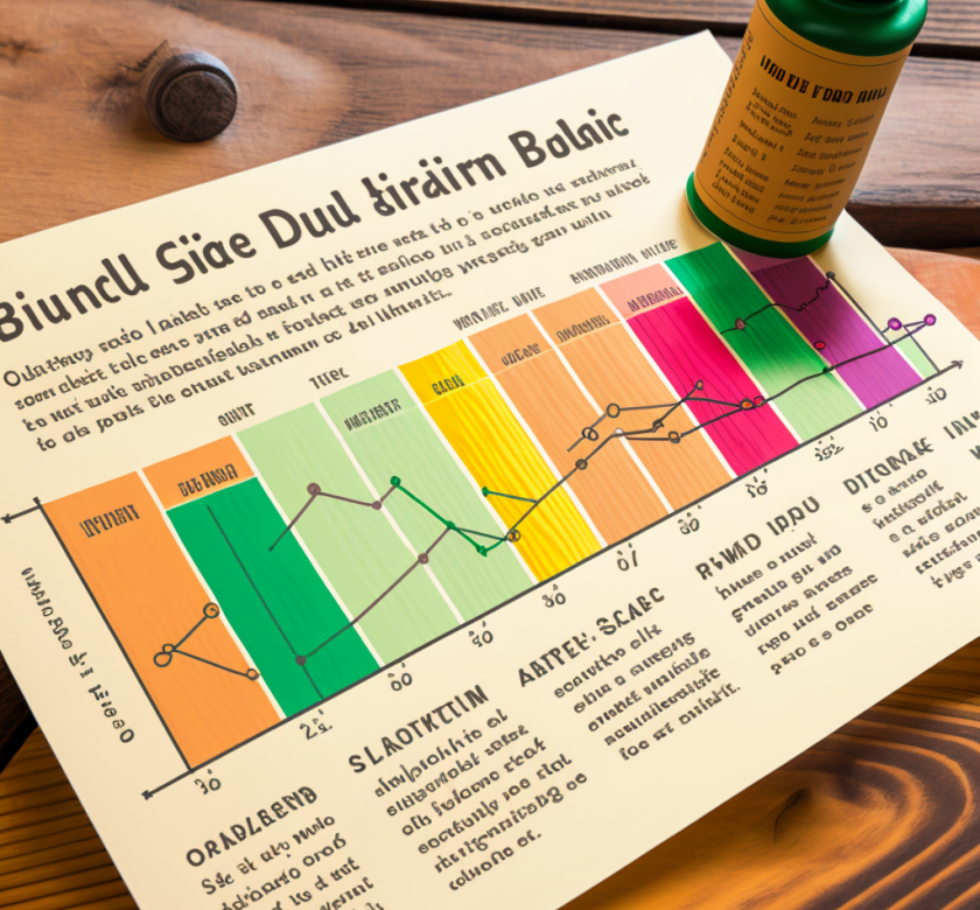“Plans are nothing; planning is everything.”
– Dwight D. Eisenhower
Texas Transportation Investment: Strengthening Connectivity, Safety, and Economic Growth
Over the next decade, Texas is set to make a significant investment in its transportation infrastructure, with nearly $148 billion allocated to improving safety, reducing congestion, and enhancing connectivity across the state. This ambitious undertaking, outlined in the Texas Department of Transportation’s (TxDOT) Unified Transportation Program (UTP), is a prime example of a comprehensive capital improvement program (CIP) designed to meet community needs while ensuring long-term sustainability.
In this article, we’ll explore the key components of this massive investment, focusing on essential aspects like Community Needs Assessment, Municipality Financial Health, Funding Sources for CIP, and Long-Term Strategic Planning. We will also touch on the Economic and Social Impacts and how the state ensures Infrastructure Sustainability.
Community Needs Assessment: A Strategic Beginning
The UTP represents a highly detailed Community Needs Assessment that has identified the most critical transportation needs across Texas. The Texas Transportation Commission’s approval of the $104.2 billion for 2025 reflects their commitment to addressing a wide range of infrastructure challenges. These include road safety improvements, reducing urban congestion, and improving rural-to-urban connectivity.
By conducting thorough assessments across different regions—from the bustling urban corridors of Austin, Houston, and Dallas-Fort Worth to rural areas—the state ensures that resources are allocated effectively, benefiting as many communities as possible.
Funding Sources for CIP: Navigating Debt Capacity and Bonds
Funding such an extensive capital improvement program requires careful planning and the use of multiple Funding Sources for CIP. In this case, Texas is leveraging a combination of state and federal funds. Part of this funding includes Revenue Bonds—where income is generated from the project itself, such as toll roads—and General Obligation Bonds, which are backed by the state’s overall taxing authority. These funding options allow Texas to maintain a strong Municipality Financial Health while pushing forward with significant projects without overextending its Debt Capacity.
Moreover, Texas has committed over $43 billion for routine development and maintenance, ensuring that completed projects remain functional and safe over time.
Long-Term Strategic Planning: Preparing for Growth
Long-Term Strategic Planning is essential for the sustainability and success of infrastructure projects. Texas’ UTP reflects a forward-thinking approach, not only addressing current needs but also preparing the state’s transportation network for future growth. With significant population increases expected in the coming years, these investments are designed to accommodate greater demand while ensuring efficiency.
By planning for long-term growth, Texas is also safeguarding the Infrastructure Sustainability of its roadways, ensuring they can adapt to the evolving needs of both urban and rural areas. This forward-looking vision includes the integration of new technologies, such as smart traffic systems and autonomous vehicle infrastructure, which will be critical in managing future congestion and safety concerns.
Community Engagement: Gathering Local Input for Better Results
Community Engagement is another cornerstone of Texas’ transportation strategy. TxDOT has worked closely with local governments, businesses, and residents to shape projects that meet specific regional needs. This engagement ensures that community voices are heard, resulting in a more tailored approach to transportation improvements.
For example, the allocation of $1.9 billion in new funding to address urban congestion and $1.7 billion to increase rural-to-urban connectivity is directly informed by local concerns. This type of collaboration helps to ensure that the projects resonate with and effectively serve the communities they impact.
Project Management Frameworks: Ensuring Accountability
Managing such a large-scale infrastructure program requires robust Project Management Frameworks to keep projects on track. Texas has employed best practices in project management, ensuring that timelines and budgets are adhered to while maintaining high standards of quality.
By utilizing clear frameworks and regular reporting, the state can ensure transparency and accountability throughout the project lifecycle. TxDOT’s Executive Director Marc Williams emphasized the importance of efficient project delivery, especially given the record amount of active construction in Texas.
Economic and Social Impacts: More Than Just Roads
Investing in transportation infrastructure yields both Economic and Social Impacts. Improved roads and highways facilitate smoother transportation of goods and people, fueling economic growth. Texas is positioning itself to remain a critical hub for commerce, enabling products to move quickly and efficiently across the state and beyond. Additionally, the projects will create thousands of jobs in construction, engineering, and related fields, further bolstering the local economy.
Socially, improved infrastructure enhances the quality of life for residents. Safer roads, reduced congestion, and improved connectivity between rural and urban areas lead to safer, healthier, and more vibrant communities.
Public Safety Facilities and Sustainable Development
The investment in transportation infrastructure also has a direct impact on Public Safety Facilities. Enhanced roadways and traffic management systems reduce accidents and improve emergency response times. Texas’ transportation projects will also focus on Sustainable Development, prioritizing eco-friendly materials and methods to ensure the longevity and environmental soundness of the state’s infrastructure.
Conclusion: Building a Stronger, Safer Texas
Texas’ $148 billion investment in transportation over the next decade is a testament to the state’s commitment to building a safer, more connected, and economically vibrant future. With a focus on long-term strategic planning, community engagement, and sustainable development, the state’s Unified Transportation Program is poised to meet the evolving needs of its residents while maintaining fiscal responsibility.
By addressing congestion, enhancing connectivity, and prioritizing safety, Texas is creating a stronger foundation for future growth, making it a model for successful capital improvement programs nationwide.
At Front Line Advisory Group, we manage Capital Improvement programs to ensure they are completed on time and within budget. We make sure every dollar is used wisely to improve our community. For more information or to start your project, contact us at info@frontlineadvisorygroup.com.












